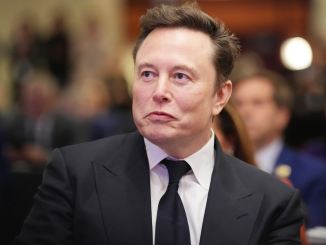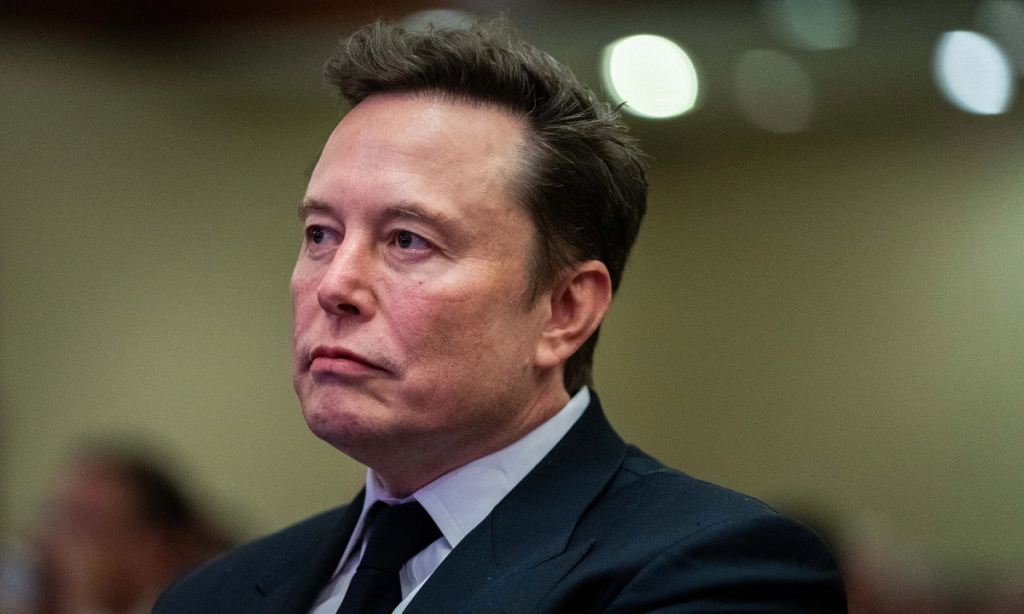
In a move that has taken the tech world by storm, Elon Musk has announced the highly anticipated 2025 Tesla Watch, unveiling a bold and shocking production plan that will see the smartwatch manufactured in the United States. As Tesla continues to revolutionize the electric vehicle (EV) market, the company’s latest foray into wearable technology has captured the attention of consumers, investors, and industry experts alike.This article explores the details of the Tesla Watch, the ambitious production strategy behind it, and the potential implications for the wearable tech industry.Tesla, a company renowned for its electric cars, solar energy solutions, and autonomous driving technology, has been a trailblazer in multiple industries. However, this latest move into the world of wearable tech marks a surprising and exciting expansion for the company.Elon Musk’s Tesla Watch is poised to enter a competitive market dominated by established players like Apple, Samsung, and Fitbit. The question on everyone’s mind is: Can Tesla succeed in this new category, or will the company’s foray into wearables be another step in a broader strategy to diversify its product offerings?The Tesla Watch has already sparked curiosity with its sleek design, cutting-edge features, and integration with Tesla’s ecosystem. Early rumors suggested that the watch would be an extension of Tesla’s existing products, such as its electric vehicles, with capabilities to monitor battery health, control vehicle functions, and track the performance of Tesla’s energy systems.However, Musk’s latest announcement has revealed that the Tesla Watch will offer far more than just compatibility with the company’s existing lineup of products.Elon Musk’s announcement of the 2025 Tesla Watch has caused waves across both the tech and automotive industries. According to Musk, the smartwatch will come equipped with advanced features designed to appeal to Tesla’s existing customer base, as well as to a broader market of tech enthusiasts.The Tesla Watch will integrate seamlessly with Tesla vehicles, allowing users to unlock, start, and control their cars directly from their wrists.
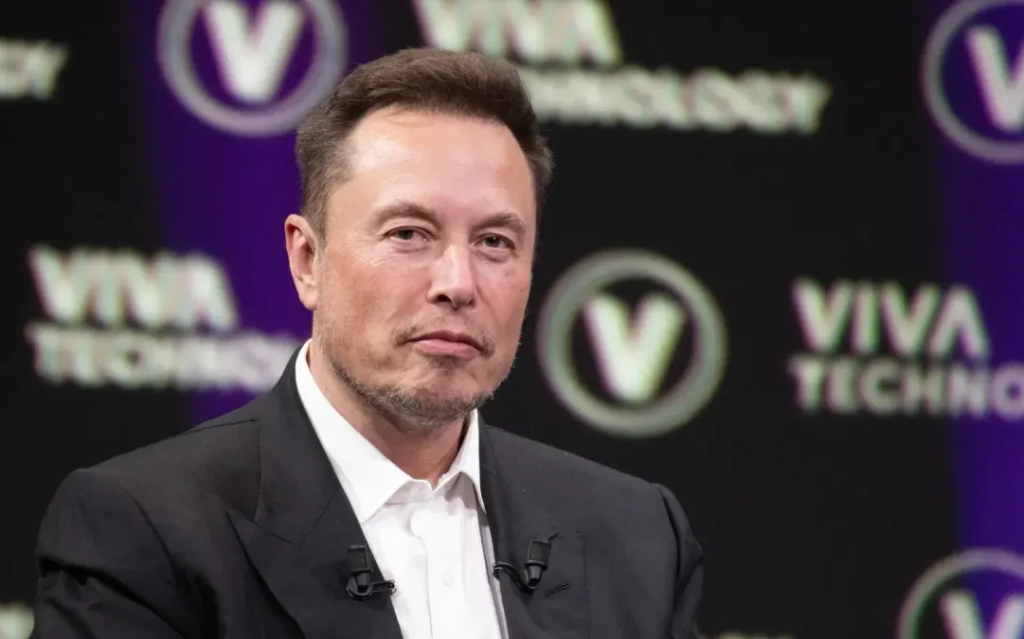
In addition to vehicle control features, the Tesla Watch will also feature cutting-edge health and fitness tracking capabilities, including heart rate monitoring, sleep tracking, and a host of other biometric sensors. This will put the watch in direct competition with established players in the health-focused wearable market, such as the Apple Watch and Fitbit.However, Tesla is aiming to differentiate its product by incorporating smart features that are unique to its brand.The most notable feature of the Tesla Watch, according to early teasers, is its integration with Tesla’s battery technology. The watch will be able to track users’ energy consumption and offer insights into their sustainability practices.Given Tesla’s focus on renewable energy and environmental responsibility, it is no surprise that the watch will come with sustainability-related features, such as tracking energy use, recommending energy-saving habits, and potentially even connecting to Tesla’s solar products.As Musk continues to push for greater innovation within Tesla, the 2025 Tesla Watch is likely to reflect the company’s forward-thinking philosophy. The watch will reportedly feature advanced AI capabilities, potentially using data from Tesla’s autonomous driving system to provide real-time updates on traffic, navigation, and even weather conditions.Perhaps the most surprising aspect of Musk’s announcement is the production plan for the Tesla Watch. While Tesla is known for manufacturing its vehicles in the U.S. and overseas in factories like Gigafactory Shanghai, the company has traditionally outsourced many of its consumer electronics products.However, Musk’s announcement revealed that the Tesla Watch would be produced entirely in the United States.This marks a significant shift for Tesla, which has typically relied on international manufacturing partners for consumer electronics components. Musk’s decision to bring the production of the Tesla Watch to the U.S. has been hailed as a bold move, with potential implications for the U.S. manufacturing industry and the broader economy.Musk’s push for U.S.-based production aligns with his long-standing philosophy of reshoring American manufacturing jobs and revitalizing the domestic tech industry.
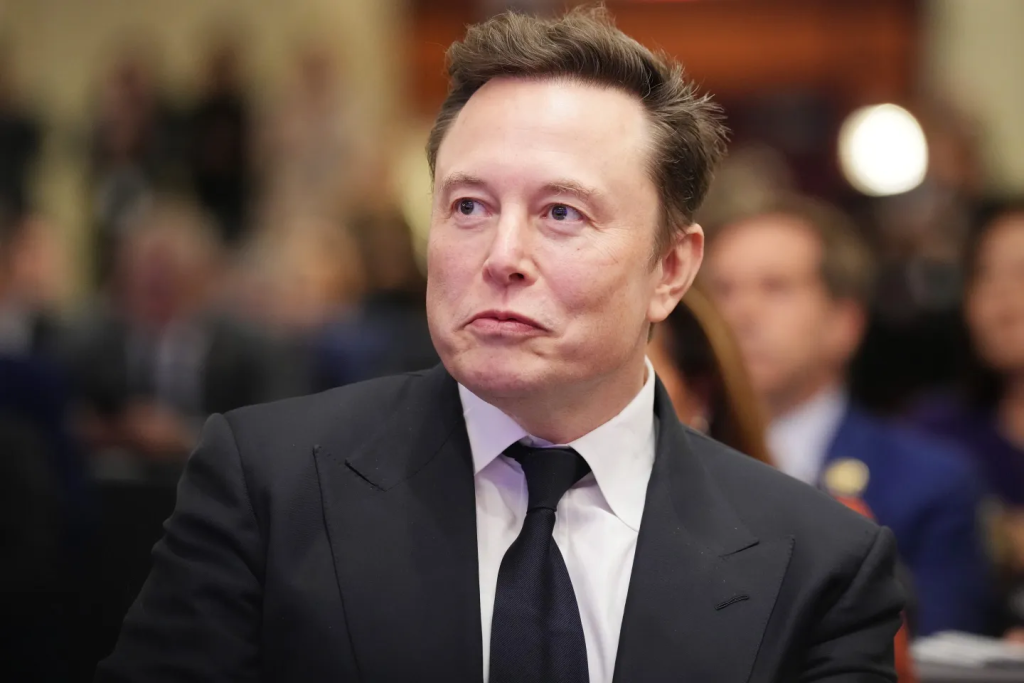
In the announcement, Musk emphasized that the decision to produce the Tesla Watch in the U.S. would not only create thousands of jobs but also allow Tesla to maintain greater control over the production process. By keeping the manufacturing process close to home, Tesla can ensure higher quality standards, more efficient supply chain management, and a faster time to market.The choice to manufacture the Tesla Watch in the U.S. could also have broader implications for the country’s tech industry. With increasing concerns about reliance on overseas manufacturing, particularly in China, Musk’s decision could spark a larger trend toward reshoring production.Tesla’s move could encourage other tech companies to follow suit and invest in U.S.-based manufacturing, helping to strengthen the country’s position as a global leader in innovation.One of the key benefits of Tesla’s decision to produce the Tesla Watch in the U.S. is the potential for job creation. Tesla has already been a major player in the U.S. manufacturing sector, with its Gigafactories employing tens of thousands of workers.By bringing production of the Tesla Watch to the U.S., the company will create even more high-tech manufacturing jobs, especially in areas like assembly, engineering, and quality control.The production of wearable tech has traditionally been dominated by overseas manufacturing, particularly in China and Taiwan. However, Musk’s announcement could signal a shift in the industry, with more companies considering U.S.-based production for their tech products.This could result in the creation of new manufacturing hubs in the U.S., driving growth in the tech sector and reducing the country’s dependence on foreign manufacturing.In addition to job creation, Tesla’s decision could also help address some of the ongoing supply chain issues that have plagued the tech industry in recent years. By moving production closer to home, Tesla can more easily manage its supply chain and reduce the impact of global disruptions.This could give Tesla a competitive advantage over other companies that rely on international supply chains, especially as global shipping and logistics continue to face challenges.Furthermore, producing the Tesla Watch in the U.S. could lead to a reduction in production costs over time. While the initial investment in U.S.-based manufacturing may be high, Tesla stands to benefit from the long-term efficiencies that come with local production.By keeping production within the country, Tesla can avoid costly tariffs, shipping delays, and other challenges associated with international manufacturing.
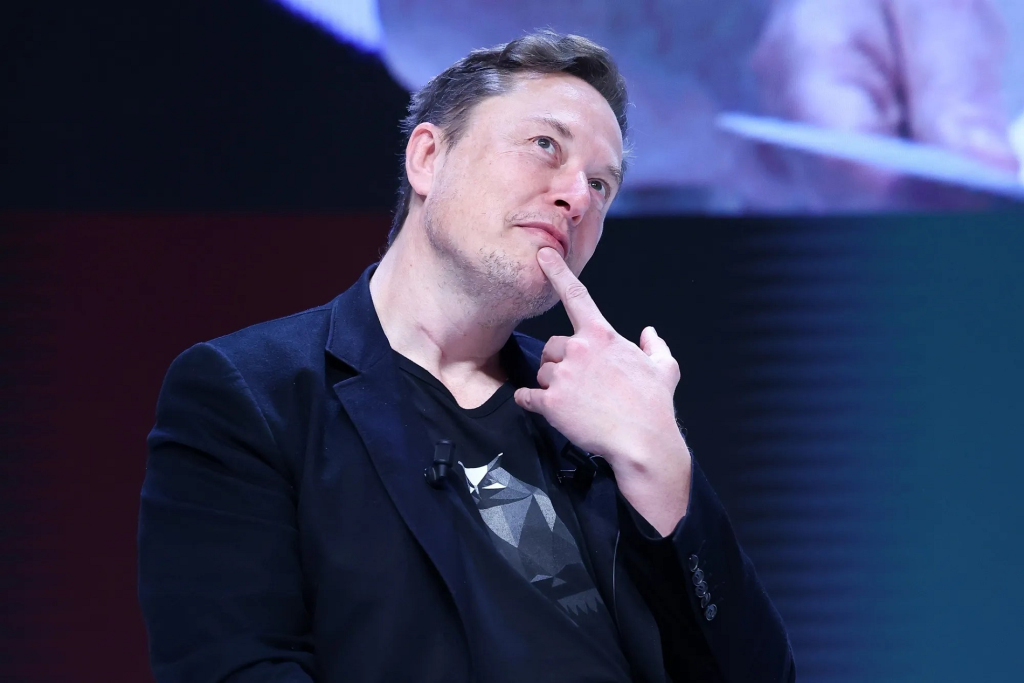
While Tesla’s entry into the wearable tech market is certainly bold, it faces stiff competition from established players like Apple, Samsung, and Fitbit. These companies have spent years refining their smartwatches and building brand loyalty among consumers.Apple, in particular, has a stronghold on the smartwatch market, with the Apple Watch consistently leading in sales and features.To compete with these giants, Tesla will need to offer something unique. Early reports suggest that the Tesla Watch will differentiate itself through its integration with Tesla’s existing ecosystem.The ability to control Tesla vehicles and monitor energy usage directly from the watch is a feature that no other smartwatch currently offers. Additionally, the watch’s focus on sustainability could resonate with consumers who are increasingly concerned about environmental issues.However, Tesla’s smartwatch will need to prove itself in terms of performance, user experience, and design. Tesla is known for its innovation, but creating a high-quality wearable tech product is a different challenge altogether.The company will need to deliver a seamless experience for users who expect their smartwatch to integrate well with their smartphones, health tracking apps, and other devices.Additionally, Tesla will need to compete on price. While the Apple Watch and other smartwatches are priced at a premium, Tesla’s watch could face difficulties if it is positioned too high in the market.The company’s focus on sustainability and advanced features could justify a higher price point, but it will need to balance this with consumer expectations and market competition.As the 2025 Tesla Watch nears its official release, all eyes will be on the company to see if it can disrupt the wearable tech market in the same way it has revolutionized the electric vehicle industry. With its bold U.S. production plan, advanced features, and integration with Tesla’s ecosystem, the Tesla Watch could become a game-changer in the tech world.

The success of the Tesla Watch will depend on several factors, including the company’s ability to meet production targets, deliver a high-quality product, and compete in a crowded market. However, if Elon Musk’s track record is any indication, the 2025 Tesla Watch may very well be a product that takes the world by storm.In the coming months, Tesla will likely provide more details about the watch’s features, pricing, and release schedule. For now, Tesla enthusiasts and tech aficionados alike are eagerly awaiting what could be one of the most exciting product launches of the year.

